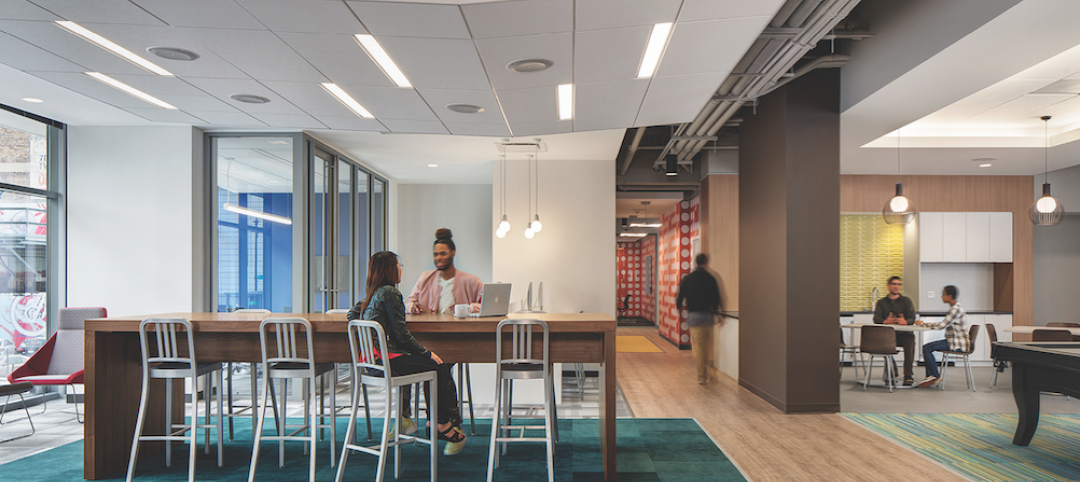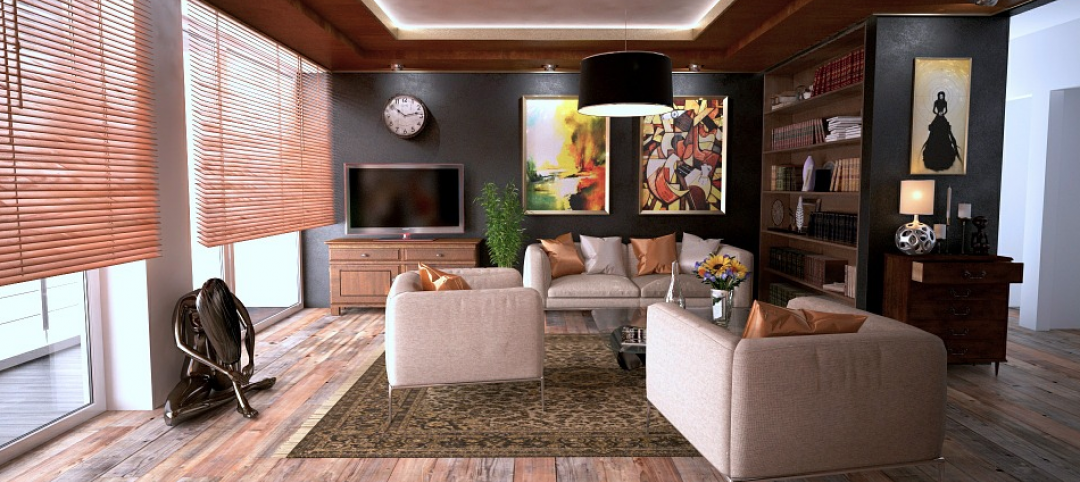The City of San Francisco released a Request For Interest to identify office building conversions that city officials could help expedite with zoning changes, regulatory measures, and financial incentives.
The city’s Office of Economic and Workforce Development and Planning Departments are seeking responses from downtown building owners and sponsors on proposals to convert underused commercial space into housing or other uses. The announcement identifies “office-to-housing” projects as a particular interest, but responses may include conversions of non-residential floor area for other uses.
This is San Francisco’s latest step in an effort to revitalize its downtown in a post Covid-environment where office space is underused while formerly downtown-based employees work from home part-time or full time.
The city recently sponsored a study on how to boost vitality in its financial district. The panel that undertook the study offered recommendations including:
- Creating downtown destination zones through ground-plane activation to help transform public spaces and empty storefronts into city attractions.
- Reducing and restructuring businesses taxes, including the gross receipts tax, commercial rents tax, CEO tax, and transfer tax.
- Providing incentives for office-to-residential conversions to tackle the housing shortage.
- Offering other incentives, such as impact-fee waivers and property tax abatement, as well as reducing zoning and building code barriers to adaptive reuse projects.
City officials are also working on an adaptive reuse roadmap for architects, builders, and developers to adapt projects to current building codes and planned revamped codes.
Related Stories
Multifamily Housing | Jul 25, 2018
Multifamily market trends 2018: Demographic shifts reshape the residential landscape
Changing generational preferences are prompting multifamily developers to re-strategize.
Multifamily Housing | Jul 19, 2018
Multifamily market stays hot in first half of 2018
The average rent grew by $12 in June, to an all-time high of $1,405, according to a survey of 127 markets by Yardi Matrix.
Multifamily Housing | Jul 18, 2018
First apartment building funded by Massachusetts’ workforce housing subsidy program opens
The transit-oriented Gateway North Residences is centrally located in Lynn, Mass.
Codes and Standards | Jul 17, 2018
NIMBYism, generational divide threaten plan for net-zero village in St. Paul, Minn.
The ambitious redevelopment proposal for a former Ford automotive plant creates tension.
Codes and Standards | Jul 17, 2018
In many markets, green features are more of a requirement for apartment renters
Renters in many U.S. cities have come to expect green features in apartments that they rent, with an eye toward energy efficiency and healthy indoor air.
Multifamily Housing | Jul 13, 2018
Student housing vs. multifamily housing—what are the differences?
While student and multi-family housing share a common building form, it’s the student resident that drives the innovation of new spaces.
Multifamily Housing | Jul 11, 2018
Meet the ‘CoHaus’: N.Y. developer unveils large-scale flats concept for boomers, Gen Xers
With its new CoHaus development, Ward Capital Management is betting on baby boomers downsizing and Gen Xers upsizing.
Sponsored | Multifamily Housing | Jul 10, 2018
Renovated mixed-use development features more desirable rentals
Multifamily Housing | Jul 2, 2018
17-unit condominium will rise one block south of Sunset Boulevard in West Hollywood
SPF:architects is designing the building.
Multifamily Housing | Jun 27, 2018
To take on climate change, go passive
If you haven’t looked seriously at “passive house” design and construction, you should.

















